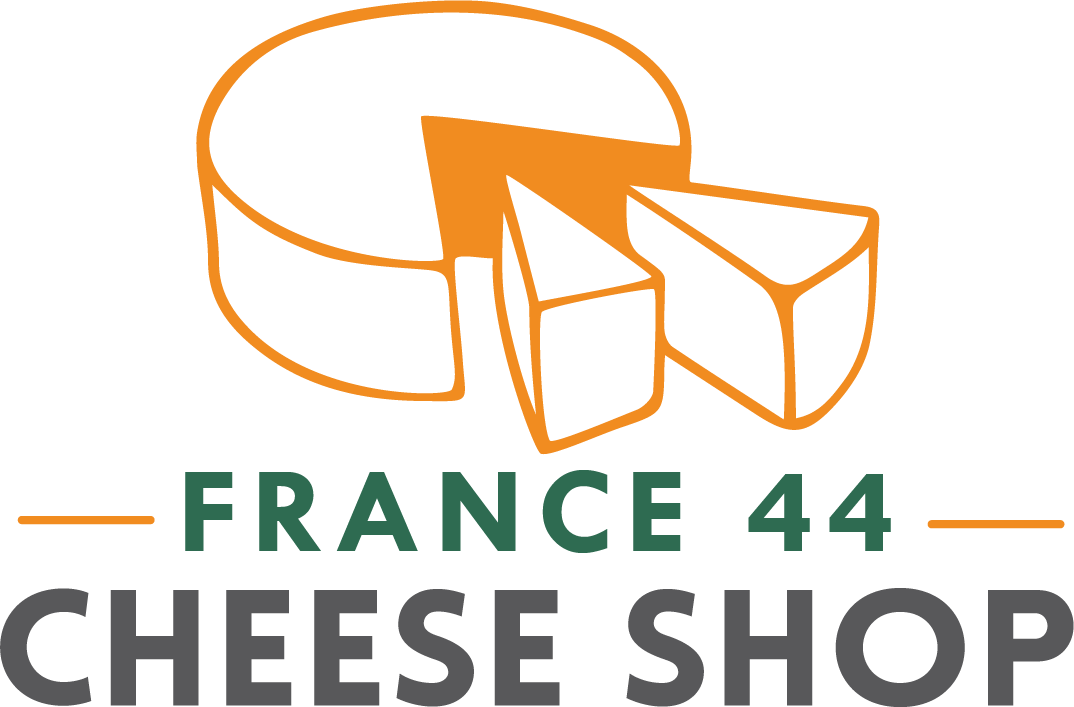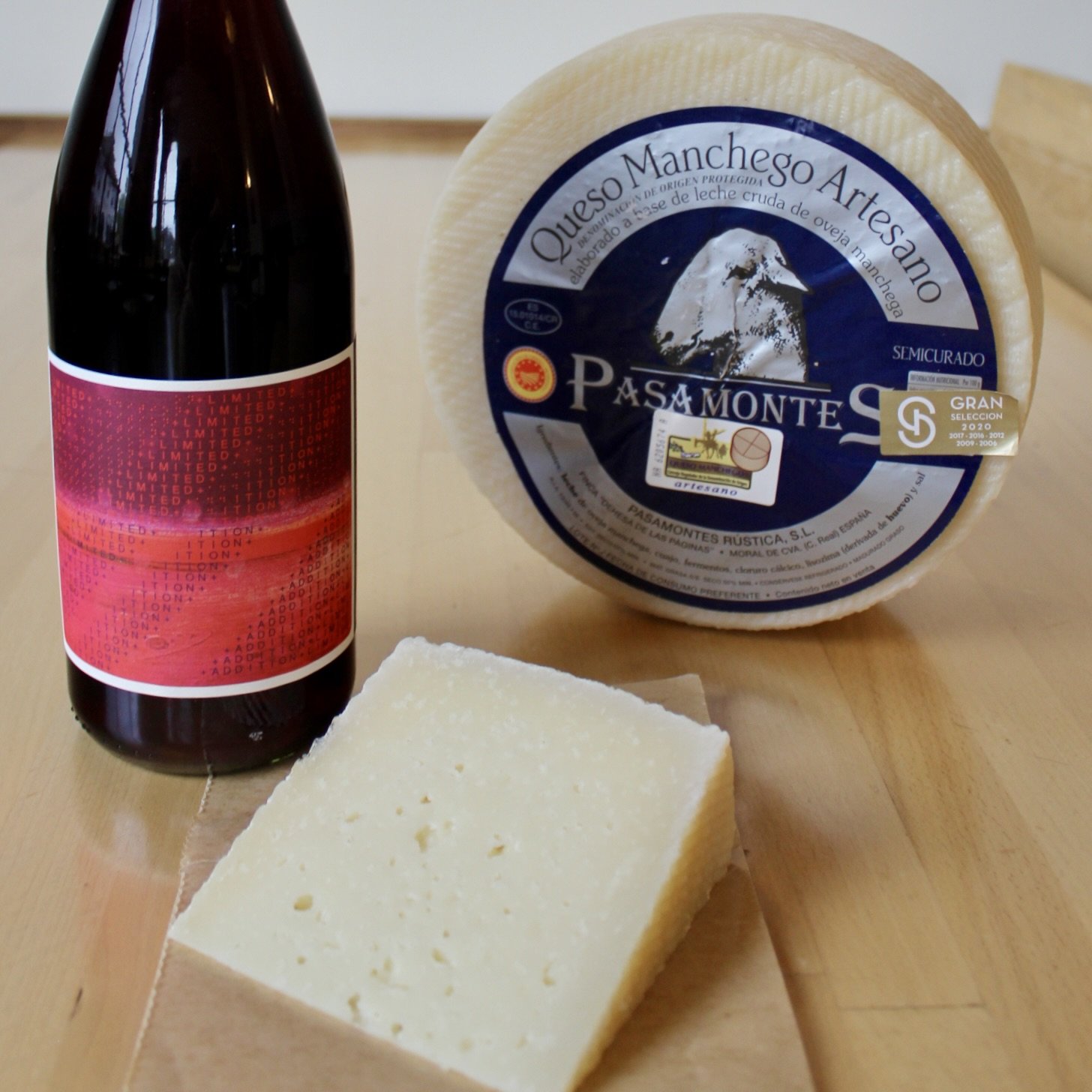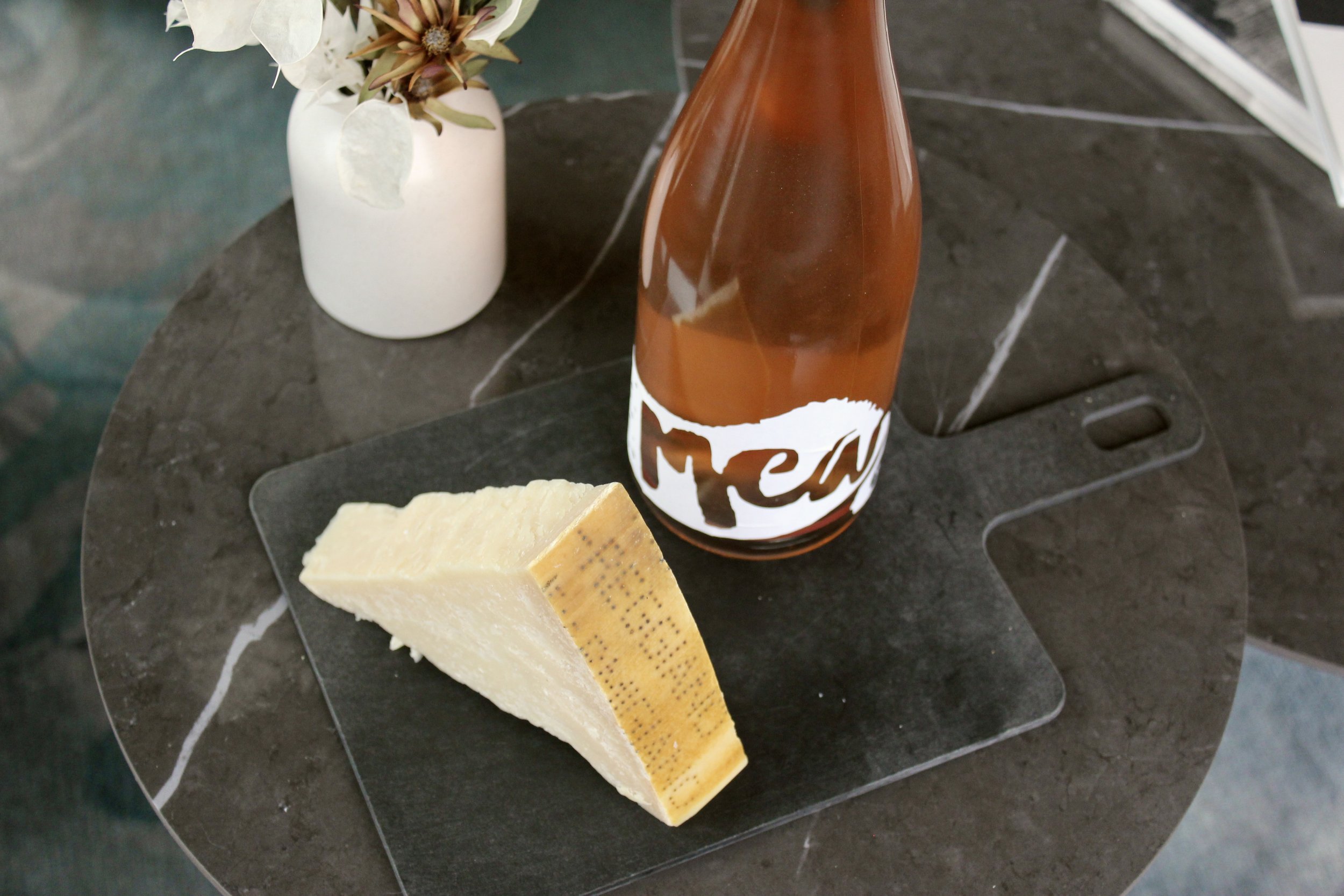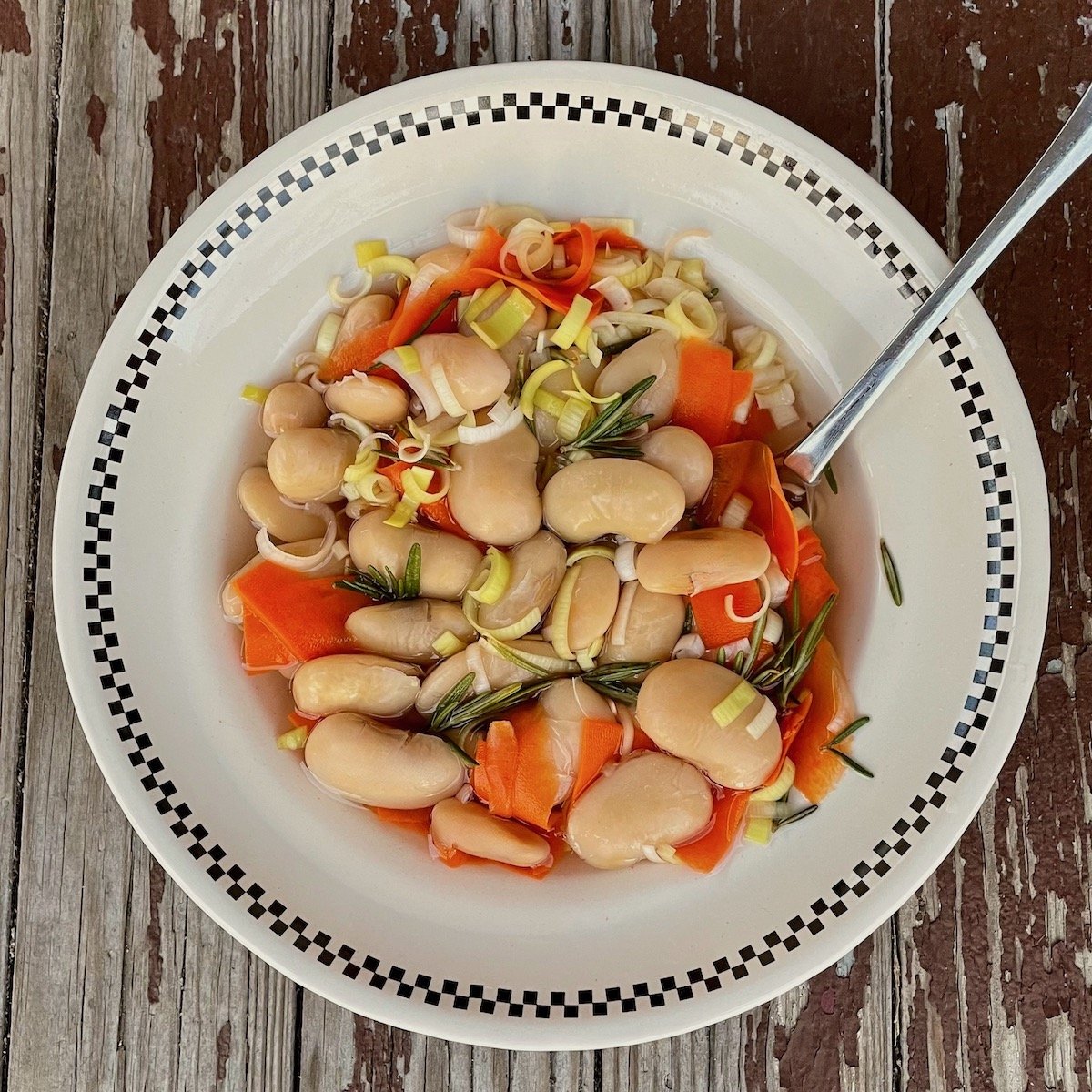Making fried rice is less about following a recipe and more about being in a state of mind. That is to say, it’s a great technique to have in your repertoire. In its ingredients and complexity, it can be dialed up or down from late night snack to date night main depending on the occasion or what’s in your fridge. You can use practically anything—carrots, frozen peas, corn, cabbage, rotisserie chicken, old steak, frozen shrimp—but to make it a meal I like to include two vegetables and a protein. For this recipe, I thought of a fabulous basil duck stir fry I had recently at Kahluna, and I had some pineapple laying around in the fridge. I added our house-made duck confit as an elegant yet easy and ready-cooked protein.
Less is more when making fried rice. Too many ingredients, or too great a volume, and your fried rice will steam as opposed to pan fry and get that wok hei flavor, that inimitable subtle smoky, char that permeates a good restaurant-quality stir fry. In restaurants, chefs are using gas burners that resemble jet engines more than they do a kitchen stove, so the trick is to manage heat and volume. For that reason, I recommend cooking this dish in two batches. If you have an induction stove top or are using a flat bottomed skillet, you can still make an exceptional stir fry by following a few tricks.
First, make sure all your mise en place is done before you start. From start to finish, fried rice should take less than five minutes to cook. Cut small, uniform pieces of the ingredients so they cook quickly and evenly. Second, and most importantly, use day old rice. Using day old rice is the biggest upgrade to your fried rice home cooks can make. Day old rice is drier and separates into individual grains more readily than fresh rice. Fried rice made with fresh rice gets clumpy and soggy.
If you don’t have day old rice hiding in your fridge from your last delivery order, simply make some before you get started on the prep work. Be sure to rinse the rice before you cook it in a fine mesh strainer until the water runs clear, which removes extra starch that can make rice gummy. Cook it according to the instructions on the bag or your rice cooker if you have one. Once it’s done, spread the rice out onto a baking sheet to allow it to cool and dry. Just an hour or even only 30 minutes of drying rice like this will get you nice individual grains of rice that won’t clump together. Bonus points if you cook the rice in chicken stock with garlic and ginger for extra flavor.
For the basil in this recipe, I encourage you to use Genovese basil, the basil ubiquitous at supermarkets or coops, rather than seeking out Thai basil for this recipe. Often, the “basil” used in Thai stir fries is holy basil, which has a peppery quality far more similar to Genovese basil than the anise flavor in Thai basil.
Ingredients:
1 package (about 1/2 lb.) France 44 duck confit, shredded
3 tablespoons France 44 Duck Fat or a neutral oil
2 cups day old or cold white rice
2 Locally Laid Eggs
1 medium shallot or 1/4 red onion, diced
3 cloves of garlic, minced
1/2 red bell pepper, diced
4 Thai chilis (optional), sliced
1/4 cup pineapple, diced
1/2 cup basil, small leaves left whole, large leaves torn
For the sauce:
2 tablespoons soy sauce
1 tablespoon dark soy sauce for color (optional)
1 tablespoon fish sauce
1 teaspoon of sesame oil
1/2 tsp of sugar
1/8 teaspoon of white pepper (optional)
A fairy dusting of monosodium glutamate (optional)
After you’ve prepared all your ingredients, place a pan or wok over high heat until screaming hot, about two or three minutes. Open your windows or turn on your kitchen hood. Add one tablespoon of the duck fat or cooking oil and swirl it around the sides of the pan. This is a technique known as longyau (熱油), and it helps make the wok non-stick. Add the eggs along with a pinch of salt and allow them to set for a few seconds, then scramble into fine curds. Remove from the pan and set aside when they are just barely cooked and still moist.
Wipe out the pan, add the rest of the duck fat and longyau again. Add your garlic and shallot and stir for about 30 seconds being careful not to burn the garlic.
Add the bell pepper and Thai chilis and stir fry for 30 more seconds. If you wanted to add or use other vegetables, add them in terms of hardiness, stir frying as you go for about 30 seconds each. Say you wanted to add carrots, corn, and frozen peas, add them in that order.
Add the rice to the pan before pouring the sauce around the sides of the pan. Toss to combine. I liked to flatten and press the rice along the bowl of the wok and leave it until I hear it crackle. This pan searing results in nice caramelization and crispy bits in the final dish. If you notice liquid in the bottom of the pan or wok, keep stirring the dish until it has all cooked off. Moisture is the enemy of a good fried rice.
Lastly, add the pineapple, basil, and shredded duck confit to heat through while preserving the color and delicate perfume of the basil, about 30 seconds. Serve immediately.
For plating, consider packing a small bowl with the rice and turning it upside down on a plate to create a dome. Garnish it with crushed peanuts and finely sliced spring onions or whatever else you’d like.










